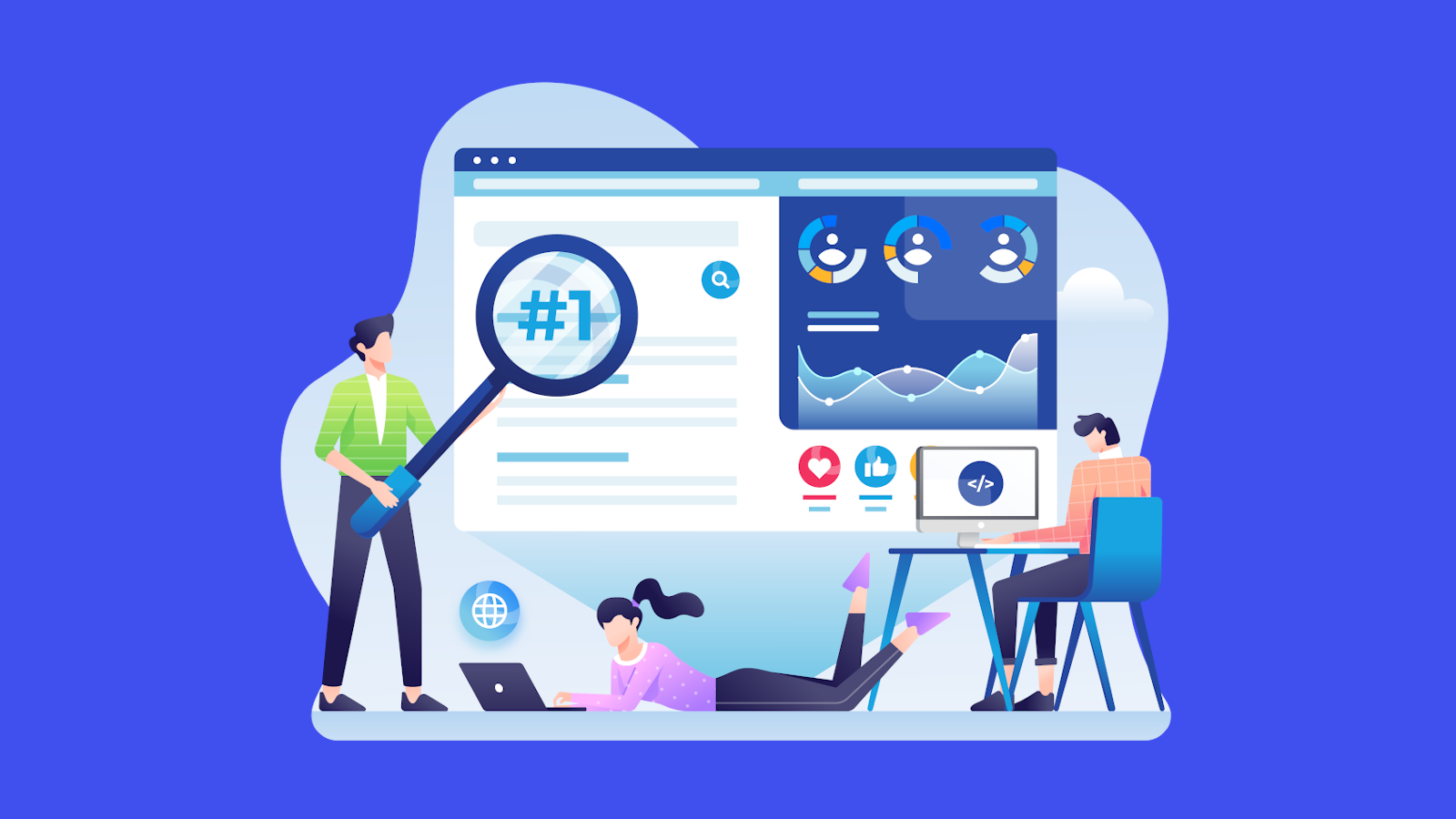
Understanding Small Business Management Software
Small business management software includes a variety of tools designed to streamline operations, boost productivity, and enhance customer relationships. This software suite typically includes project management tools, CRM systems, accounting software, inventory management solutions, and more. By integrating these functions into one platform, business owners can centralize operations, track progress, manage resources, and make data-driven decisions.
Benefits of Using Management Software
The use of small business management software brings several key advantages:
- Efficiency Boost: Automation of tasks like invoicing, scheduling, and reporting saves time and reduces human error, allowing employees to focus on higher-value tasks.
- Real-Time Data: These tools provide real-time analytics, offering valuable insights that help businesses adjust strategies quickly and make informed decisions.
Key Features to Look For
When selecting the right management software for your business, consider these essential features:
- User-Friendly Interface: An intuitive, easy-to-navigate platform minimizes the learning curve for employees.
- Integration Capabilities: Look for tools that integrate seamlessly with existing systems like email, e-commerce platforms, and social media.
- Customer Support: A reliable support system is vital for resolving technical issues quickly.
- Customization Options: The software should be adaptable to meet your business’s unique needs.
- Mobile Access: Mobile-friendly platforms are essential for managing tasks on the go, especially for business owners who frequently travel.
Choosing the Right Software for Your Business
Selecting the right software involves understanding your specific business needs and challenges. Follow these steps:
- Assess your business requirements and create a list of must-have features.
- Set a budget for the software.
- Research software providers, reading reviews and case studies to understand how others have benefited.
- Take advantage of free trials to test functionality before making a purchase.
Implementation Strategies
Implementing new software involves several key stages:
- Planning: Develop a clear roadmap, outlining timelines and responsibilities.
- Data Migration: Ensure that all existing data is accurately transferred and properly formatted.
- Training: Invest in staff training to ensure that everyone is comfortable using the software.
- Feedback and Adjustment: After launching, gather user feedback and make adjustments to improve functionality.
Measuring Success
To measure the effectiveness of your small business management software, establish key performance indicators (KPIs) aligned with your business goals. Some common KPIs include:
- Increased Revenue: Track sales growth over time.
- Customer Retention Rate: Evaluate how well you retain customers.
- Operational Efficiency: Assess the time saved on tasks before and after implementation.
- User Adoption Rate: Measure how quickly and effectively your team adapts to the new system.
Monitoring these metrics will help you gauge the return on investment (ROI) and make data-driven decisions for future upgrades.
Future Trends in Small Business Management Software
As technology evolves, small business management software is becoming more advanced. Key trends include:
- AI and Machine Learning: These technologies enhance data analytics, providing predictive insights that help guide strategic decisions.
- Cloud-Based Solutions: Cloud platforms enable remote work and provide flexibility, allowing businesses to operate seamlessly from anywhere.
Staying informed about these trends will help small businesses remain competitive and adaptable in a rapidly changing market.
Conclusion
Small business management software is essential for modern entrepreneurs looking to streamline operations and promote growth. By understanding the benefits, key features, and implementation strategies, business owners can make informed decisions that lead to increased efficiency and profitability. Regularly evaluating your software choice and staying current with emerging trends ensures your business remains on the cutting edge of innovation.






